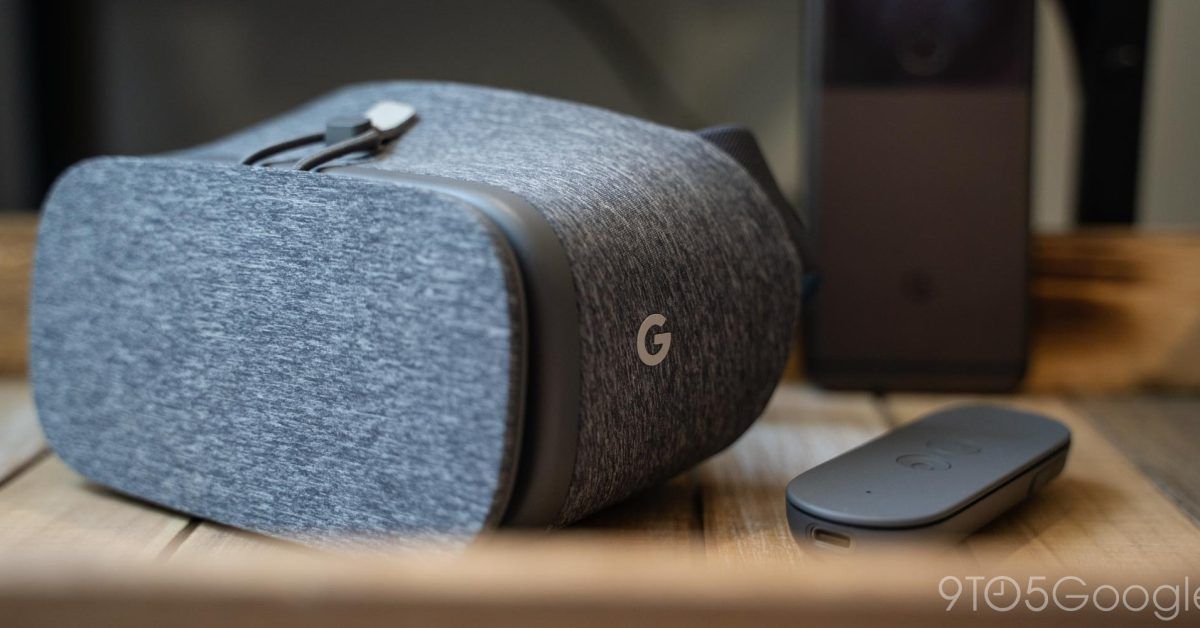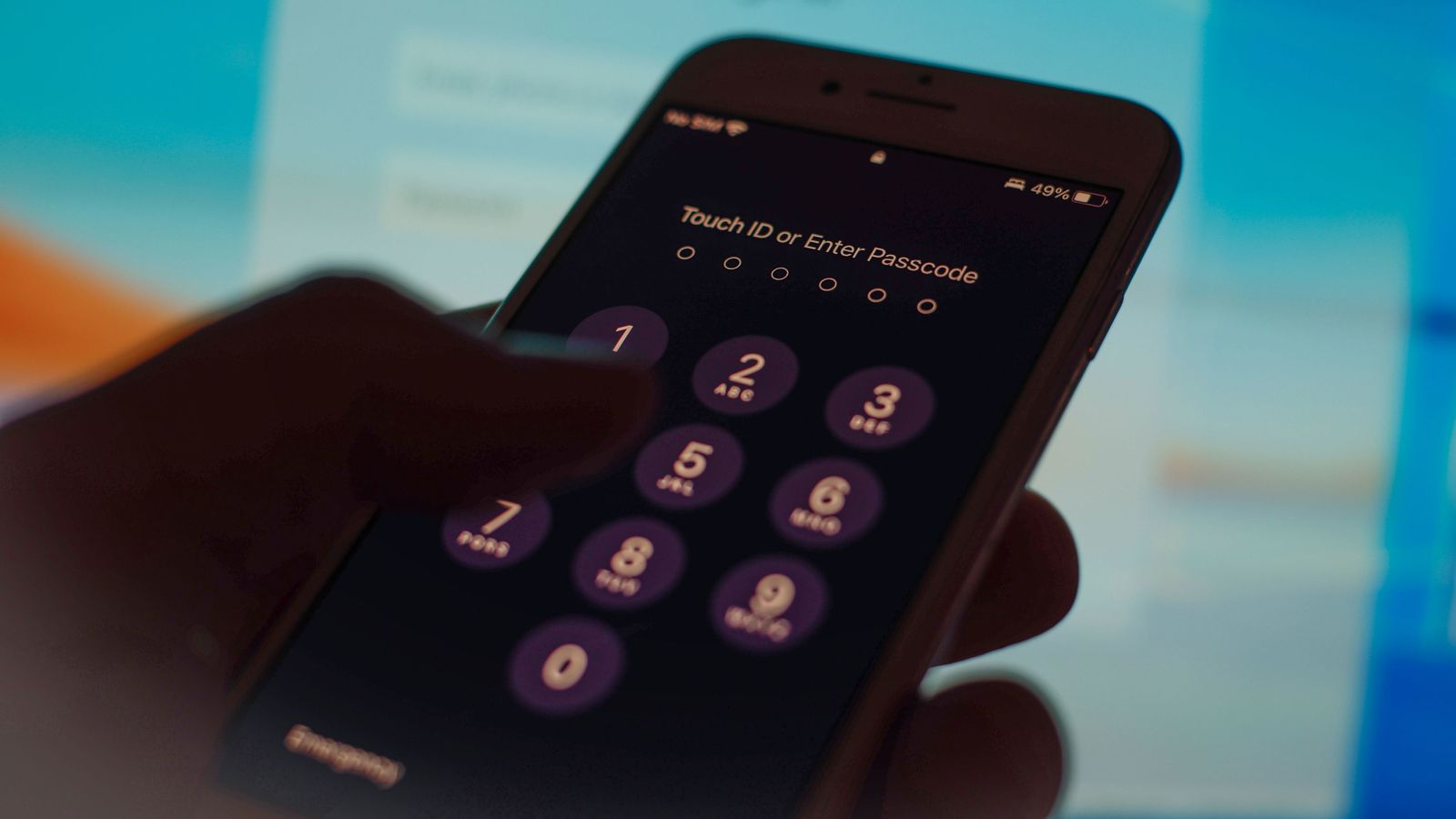Remember that time Google tried to do VR?
On the eve of WWDC 2023 and Apple’s new headset, let’s take a look back at that time Google tried to jump on the VR bandwagon with Daydream, which is now just a distant memory.
This issue of 9to5Google Weekender, is a part of 9to5Google’s rebooted newsletter that highlights the biggest Google stories with added commentary and other tidbits. Sign up here to get it delivered to your inbox early!
Google’s Daydream had good ideas, but its death was probably good
VR is a technology that Google was working with for quite a while, with the debut of Google Cardboard in 2014 using your smartphone and a viewer literally made from cardboard to create a virtual reality viewing experience. That eventually morphed into Google Daydream, which made its proper debut in 2016 alongside the first Google Pixel smartphone.
The platform was still phone-based, using your smartphone’s display and a headset with special lenses to create a viewing experience that could feel quite immersive. The Daydream View VR headset, to this day, is still one of the most comfortable pieces of VR gear out there, and the phone-based system certainly had cost advantages. Google even redesigned the headset in 2017 with some upgrades.
When using Daydream View, users were able to run VR versions of the apps and games that were installed on their smartphone, and control it all with a remote that’s, in hindsight, remarkably similar to the one Google uses on its new Chromecast streamer. And Google got a fair bit of support for this platform, too, with names like Hulu, HBO, and Netflix bringing entertainment, while games included Need for Speed and even Harry Potter experiences. By 2018, Daydream even went standalone, on hardware that didn’t need a phone and provided a much more immersive experience.
Over time, though, Daydream slowly started to fade a bit. Samsung issued a significant blow by pulling Daydream support from its smartphones in favor of its own Oculus collaboration for Gear VR, though that was later remedied. By 2019, apps were departing and, by late 2020, Google had removed Daydream support from Android entirely as it just wasn’t being used.
And, really, it’s not hard to see why. Daydream VR had a lot of good ideas on hardware, app support, and ways to save on user cost, but it was also pretty limited.
2019’s Oculus Quest set the stage for a future of VR that was much more immersive, and also attainable. At a launch price of $299, it was affordable and used two controllers to provide some very immersive experiences. Personally, I picked up a Quest 2 later on, and it really opened my eyes to the benefits a proper VR experience could bring over Daydream. Really, it’s probably for the best that Google threw in the towel, because even standalone experiences like the Mirage Solo were never going to deliver on the same promises both from a hardware and software perspective.
Now, we’re in a world where VR is evolving quickly. Just this past week Meta announced the Quest 3, which will release later this year with refined and more capable hardware, as well as some big boosts to controls. And, tomorrow, WWDC is expected to bring the reveal of Apple’s “Reality Pro” headset, a pricey mixed reality product that has high expectations for the technology.
Apple’s entry into the space may end up reviving Google’s interest in VR and AR, with the company confirmed to be working with Samsung on a mixed reality device that’s expected to be coming sometime later this year.
This Week’s Top Stories
Motorola Razr is a promising foldable
The latest foldables made their debut this week, with Motorola unveiling the Razr+ and Razr (2023). The Razr+ is a standout device, with a huge outer display that unlocks a ton of possibilities, and in our hands-on time, was impressive. Meanwhile, the Razr (2023) is set to be a much more affordable device that could change the game when it comes to foldable pricing. Check out our full coverage from this week below.
Pixel Watch 2 and Pixel 8 will bring big upgrades
This week we’ve learned quite a bit about the upcoming set of Pixel products.
Firstly, we reported exclusively that Pixel Watch 2 will switch from a Samsung chip to a Qualcomm chip, with major battery life boosts as a result. The new smartwatch is also set to boast improved health sensors.
Meanwhile, Pixel 8 will also get a possibly drastic boost from Tensor G3. A major leak this weekend detailed new cores, storage, and an updated GPU among other specs for Tensor G3, which now seems like it will be a drastic upgrade. One upgrade we know isn’t coming, though, is support for Qi2.
More Top Stories
From the rest of 9to5
9to5Mac: WWDC 2023: Here’s everything to expect at Apple’s special event this year
9to5Toys: Nintendo unveils new summer-ready pastel Joy-Con set for release later this month
Electrek: Tesla appears to be liquidating Model 3 ahead of refresh launch
Source: 9to5Google


